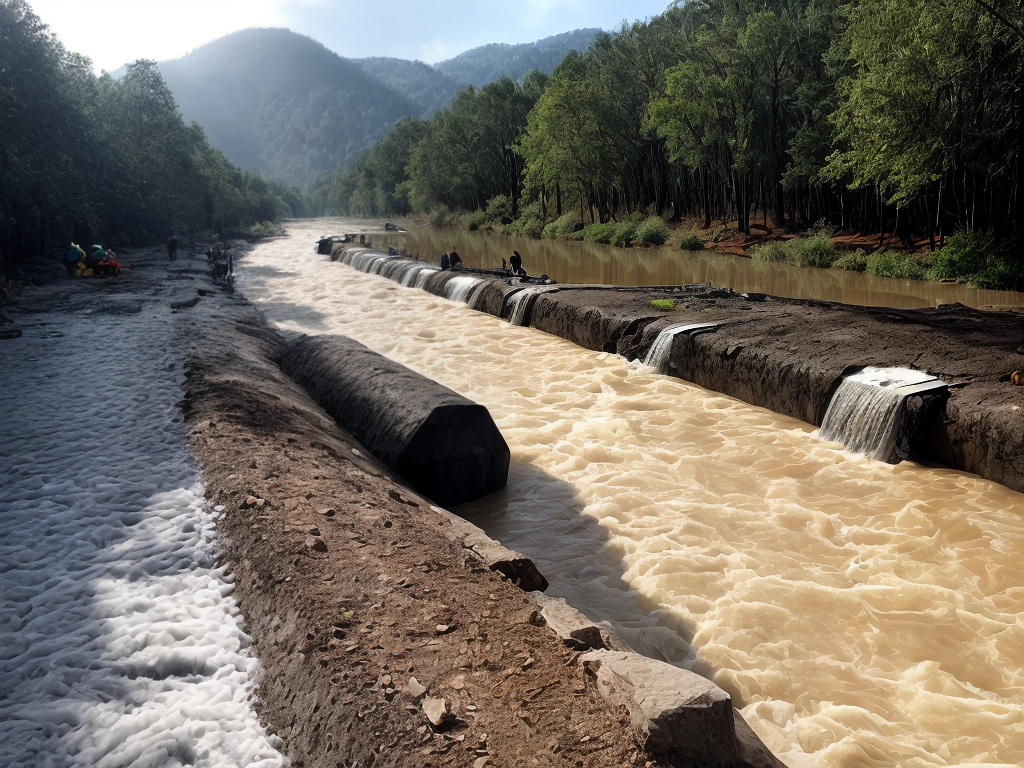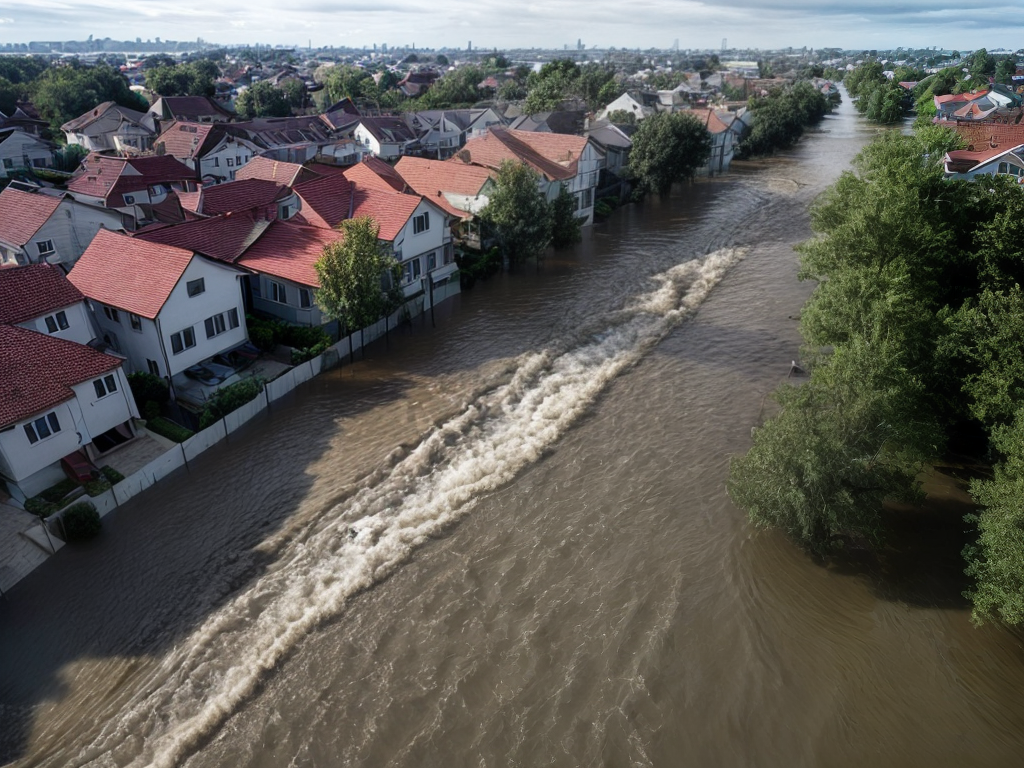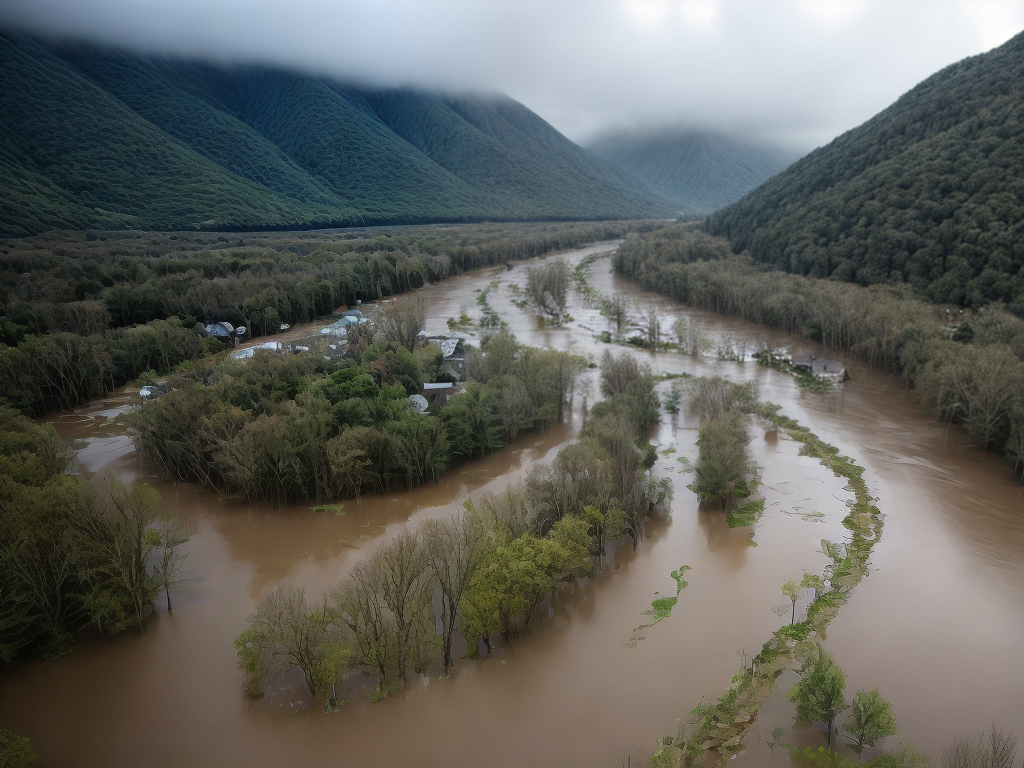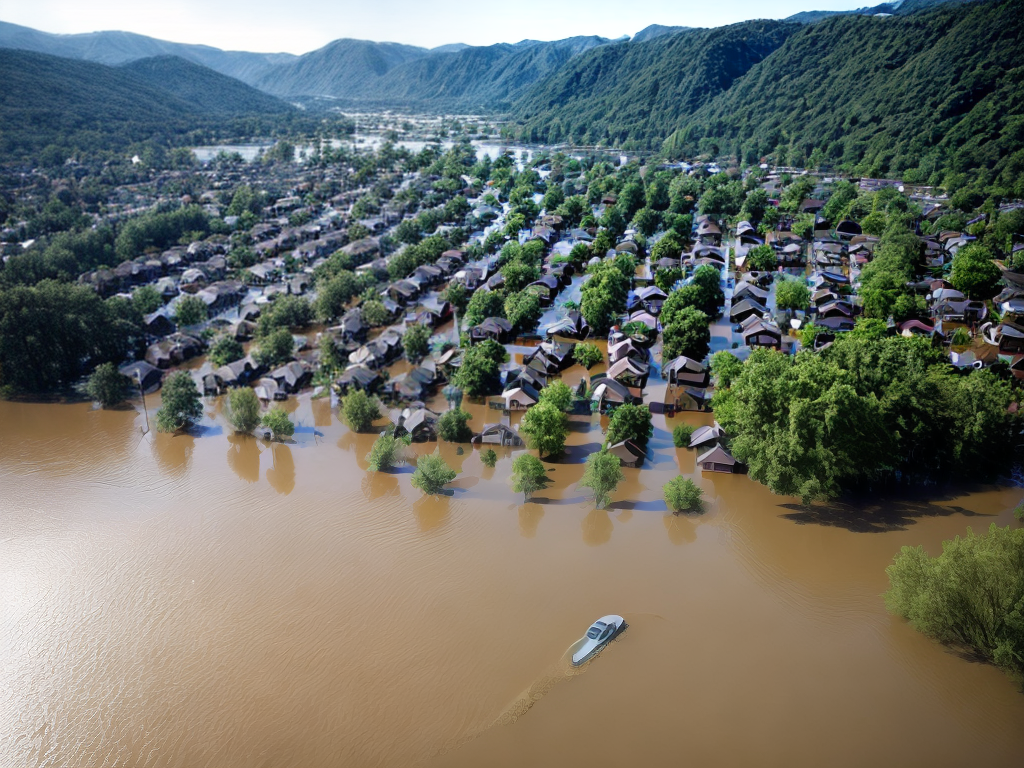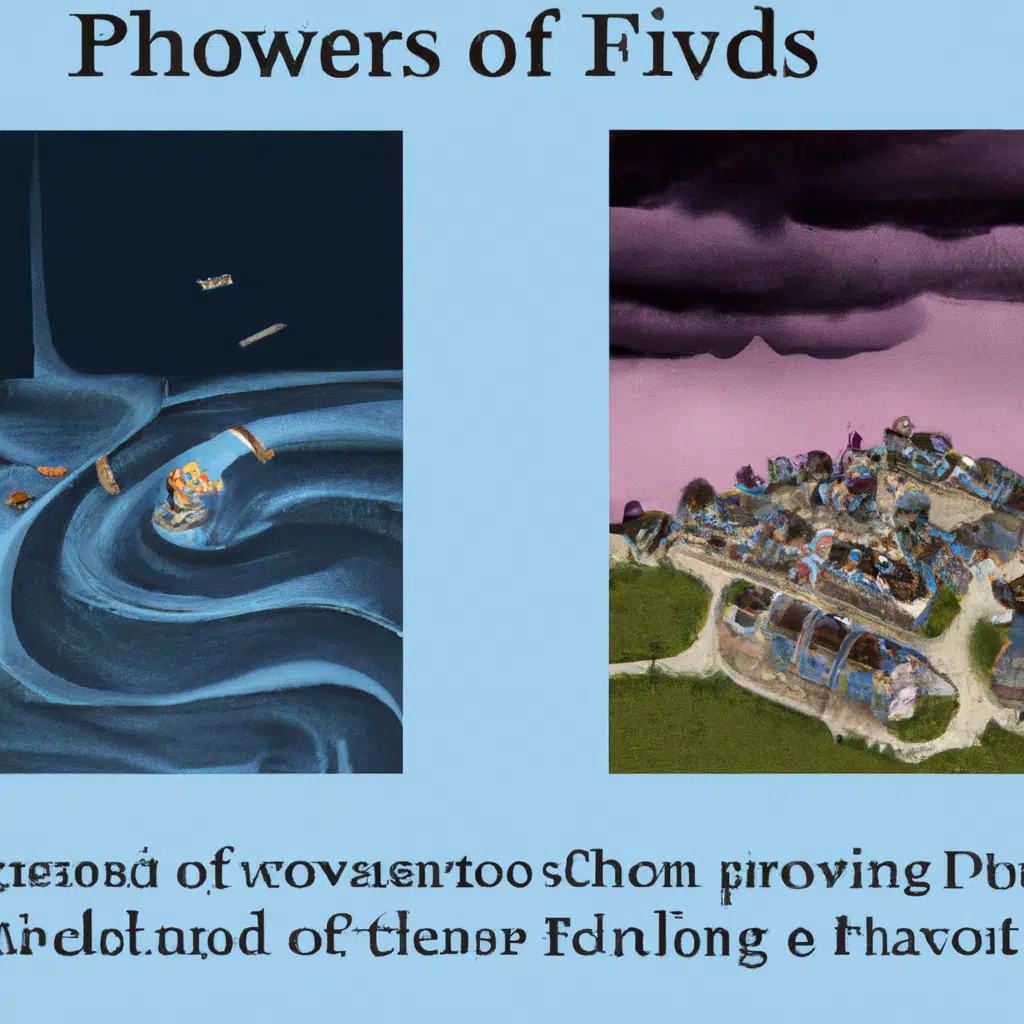
Welcome to our in-depth article on how innovative engineering techniques are revolutionizing flood control projects. In this comprehensive guide, we will explore the various cutting-edge methods that have emerged to mitigate the devastating impact of floods and protect communities around the world. From advanced modeling and forecasting to resilient infrastructure design, these innovative approaches are reshaping the way we approach flood management. Join us as we delve into the details and uncover the transformative power of engineering in combating floods.
Understanding the Scope of the Problem
Floods have been a recurring natural disaster throughout history, causing immense destruction and loss of life. As climate change intensifies, the frequency and severity of floods are expected to increase. Traditional flood control measures, such as dams and levees, have limitations and can sometimes exacerbate the problem by redirecting water and increasing risks downstream. This calls for a paradigm shift in flood management strategies, which is where innovative engineering techniques come into play.
Advanced Modeling and Forecasting
One of the key advancements in flood control is the development of sophisticated modeling and forecasting systems. By analyzing historical data, weather patterns, and hydrological information, engineers can now create accurate flood models that predict the behavior of rivers and coastal areas during extreme weather events. These models enable authorities to issue timely warnings, evacuate vulnerable areas, and strategically deploy resources for efficient disaster response.
In addition to modeling, real-time monitoring systems play a crucial role in flood control. Advanced sensors and telemetry devices gather data on rainfall intensity, river water levels, and soil moisture content. By integrating this information into flood models, engineers can continuously update and refine their predictions, allowing for more precise flood warnings and better-informed decision-making.
Resilient Infrastructure Design
Traditional infrastructure systems are often unable to withstand the destructive force of floods, leading to costly damages and prolonged recovery periods. Innovative engineering techniques focus on designing resilient infrastructure that can better withstand and recover from flood events. This involves utilizing durable materials, implementing smart drainage systems, and incorporating nature-based solutions.
Smart drainage systems, for example, use sensors and real-time data to optimize the flow of water during flood events. By dynamically adjusting the opening and closing of flood gates and valves, these systems can prevent overflows and minimize damage to surrounding areas. Nature-based solutions, such as green roofs and permeable pavements, help absorb and retain excess water, reducing the strain on conventional drainage systems and preventing urban flooding.
Sustainable Flood Control Techniques
In recent years, there has been a growing emphasis on sustainable flood control techniques that not only mitigate the impact of floods but also provide additional benefits to the environment and communities. One such technique is the concept of “managed retreat,” which involves relocating communities away from flood-prone areas and restoring natural floodplains. This approach not only protects lives and property but also enhances biodiversity, improves water quality, and creates recreational spaces.
Another sustainable technique gaining traction is the use of “green infrastructure.” This involves incorporating natural elements, such as wetlands, bioswales, and retention ponds, into urban landscapes. These green features act as natural buffers, absorbing and storing excess water during floods, while also providing habitat for wildlife and enhancing the aesthetic appeal of the surroundings.
International Collaboration and Knowledge Sharing
Innovative engineering techniques for flood control are not bound by geographical borders. With the increasing threat of floods worldwide, international collaboration and knowledge sharing have become essential in developing effective solutions. Engineers, scientists, and policymakers from different countries are coming together to exchange ideas, share best practices, and collectively tackle the challenges posed by floods.
Organizations like the International Flood Network and the Global Flood Partnership facilitate collaboration among experts and provide a platform for sharing data, tools, and methodologies. Through these initiatives, engineers can leverage the collective knowledge and experiences of their peers to develop innovative solutions tailored to local contexts.
Conclusion
In conclusion, innovative engineering techniques are revolutionizing flood control projects and offering hope for communities vulnerable to this natural disaster. From advanced modeling and forecasting to resilient infrastructure design and sustainable techniques, engineers are reshaping the way we approach flood management. By embracing these innovations and fostering international collaboration, we can build a future where floods no longer cause widespread devastation but instead become manageable challenges that we are equipped to overcome. Together, let us strive for a world where disasters transform into triumphs through the power of innovative engineering.

